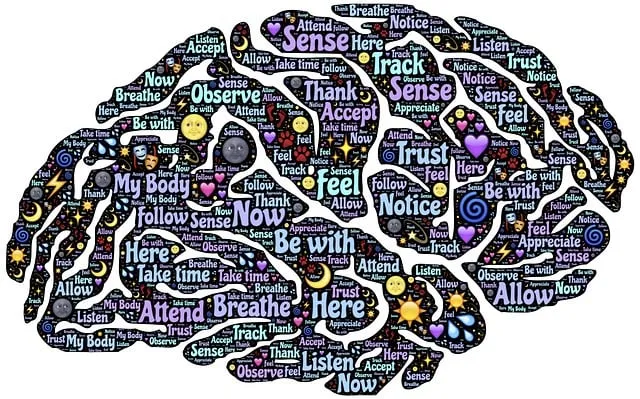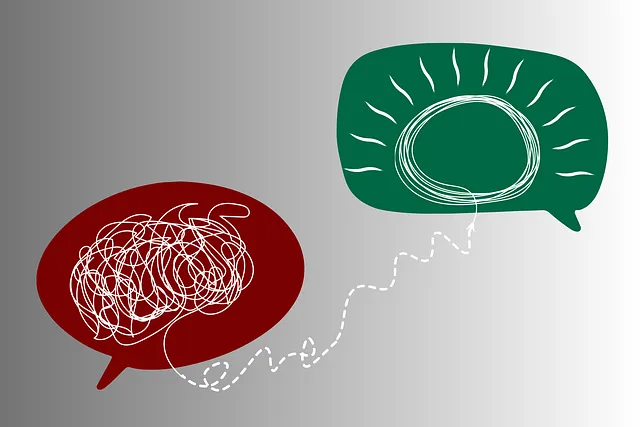Public awareness campaigns play a pivotal role in tackling societal issues like mental health, encouraging individuals to seek therapy and fostering healthier communities. By simplifying complex topics, sparking conversations, and promoting practices like mindfulness, these campaigns empower people to take collective action. Effectiveness relies on strategic messaging, diverse communication, interactive elements, and data-driven analysis, as seen in initiatives like burnout prevention. Measuring success through both quantitative (website traffic, social media interactions) and qualitative (surveys, journaling) means provides a holistic understanding of campaign impact, enhancing its ability to inspire positive change, even when people wonder "Boulder does Kaiser have good therapists?"
Public awareness campaigns play a pivotal role in shaping societal behaviors and attitudes, much like a boulder shaping the landscape. Effective campaigns can drive significant changes, from promoting health and safety to encouraging environmental stewardship. This article explores the development of these powerful tools, delving into their key components and measurement techniques. By understanding how successful campaigns are crafted, we can ensure that organizations like Kaiser, known for quality care, maximize their impact, much like a skilled therapist guides clients towards positive transformation.
- Understanding Public Awareness Campaigns: Their Role and Impact
- Key Components for Effective Campaign Development
- Measuring Success: Evaluating the Effectiveness of Public Awareness Campaigns
Understanding Public Awareness Campaigns: Their Role and Impact

Public awareness campaigns play a pivotal role in shaping societal attitudes and behaviors by shedding light on important issues. They serve as powerful tools to educate, engage, and motivate individuals toward positive change. These campaigns have the potential to spark conversations, foster empathy building strategies, and catalyze collective action. By effectively communicating complex topics, they simplify understanding and encourage public participation.
In today’s world, where issues like mental health often go unnoticed, campaigns can be game changers. They contribute to breaking down barriers and encouraging people to seek therapy, whether it’s for managing anxiety relief or exploring emotional healing processes. Just as Boulder does Kaiser have good therapists, well-crafted awareness initiatives can guide folks towards finding the support they need, ultimately leading to healthier communities.
Key Components for Effective Campaign Development

Developing an effective public awareness campaign requires a strategic approach that leverages key components to create meaningful impact. Firstly, identifying a clear and compelling message is essential. This involves understanding the target audience’s needs and crafting a narrative that resonates with them. For instance, campaigns promoting self-care practices among healthcare providers could emphasize the importance of mindfulness meditation as a burnout prevention strategy, addressing a pressing issue within the profession.
Additionally, successful campaigns rely on diverse communication channels to reach a broader audience. Utilizing both traditional methods like public service announcements and modern digital platforms ensures maximum exposure. Incorporating interactive elements, such as online workshops or social media challenges, can encourage engagement and foster a sense of community around the campaign’s objectives. Moreover, measuring the campaign’s effectiveness through data-driven analysis allows for continuous improvement and refinement, ensuring that initiatives like burnout prevention strategies remain relevant and impactful.
Measuring Success: Evaluating the Effectiveness of Public Awareness Campaigns

Measuring success is a critical component of public awareness campaigns, as it allows for an understanding of their true impact and effectiveness. Evaluating campaign outcomes can be multifaceted, incorporating both quantitative data and qualitative feedback. By tracking key performance indicators (KPIs), organizations can gauge the reach and engagement of their message. For instance, metrics like website traffic, social media interactions, and event attendance can provide insights into public interest and awareness levels.
Furthermore, qualitative assessments, such as participant feedback from workshops or surveys, offer valuable empathy-building strategies. These methods help in understanding the emotional connection made with the audience, the clarity of the campaign’s message, and its potential to encourage positive changes. Incorporating a Mental Wellness Journaling Exercise Guidance or Mental Wellness Podcast Series Production within campaigns can also provide rich qualitative data, offering insights into personal reflections and transformations sparked by the awareness initiatives, thus enhancing overall campaign effectiveness.
Public awareness campaigns, as a powerful tool for societal change, require strategic planning and execution. By understanding their role and integrating key components like clear messaging, targeted audiences, and innovative communication channels, we can create impactful initiatives. Measuring success through evaluation ensures these campaigns achieve their intended outcomes, fostering positive change in communities, including Boulder, where Kaiser’s renowned therapists play a vital role in mental health awareness efforts.






